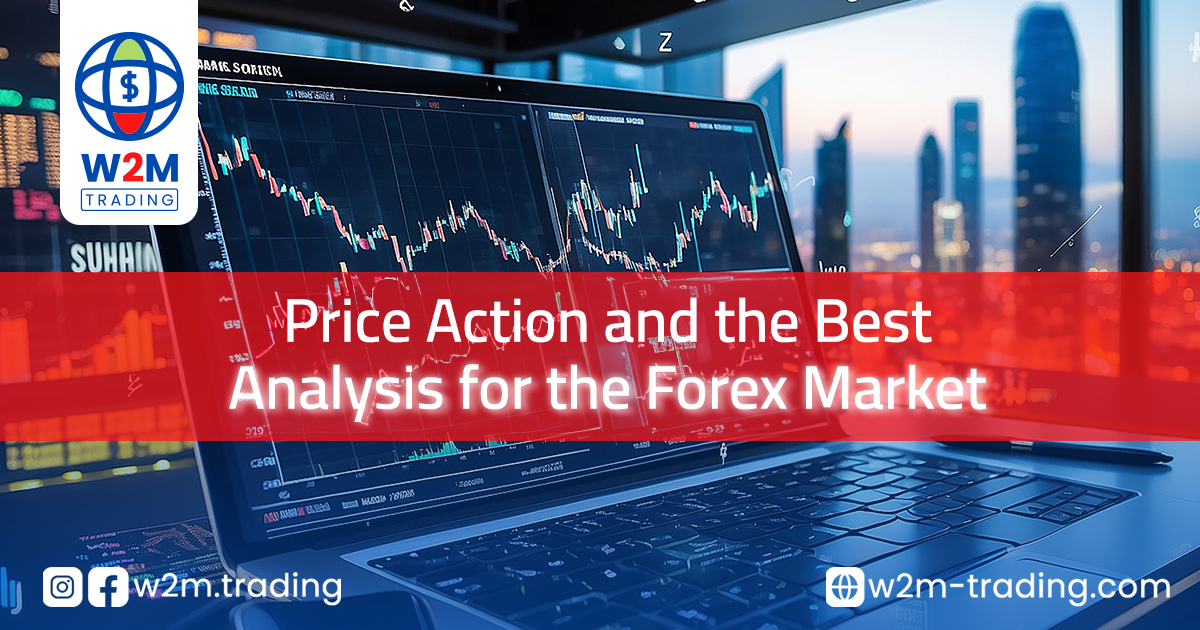- Attractive Education
- Beginner to Advance
- Flexible Timing

The most common approach that individual traders should follow is the mixed approach to market analysis and decision-making. Traders can monitor forex charts and practice technical analysis while keeping an eye on the economic calendar and current events. In fact, when data or news is released, it affects prices and can undermine technical analyses. Combining both types of analysis in forex allows traders to determine the direction of forex prices, entry and exit points, as well as the risks of high volatility around the release of major data and economic announcements. Finally, it is worth noting that generally, the longer the trading horizon, the more important fundamental analysis becomes, as certain news is likely to have a prolonged impact on prices.
Price movement forms the basis for all technical analyses of stock charts, commodities, or other assets. Many short-term traders rely exclusively on price movement and the patterns and trends derived from it to make trading decisions. Technical analysis as a practice is derived from price movement because it uses past prices in calculations that can then be used to inform trading decisions.
Price movement can be observed and interpreted using charts that plot prices over time. Traders use various chart patterns to enhance their ability to identify and interpret trends, breakouts, and reversals. Many traders use candlestick charts because they help visualize price movements better by displaying open, high, low, and close values in the context of sessions moving up or down. There are many candlestick patterns created from price movement to set expectations for what will happen next. In addition to the clear formations on the chart, many technical analysts use price movement data when calculating technical indicators, with the aim of finding a system in price movement that sometimes appears random.
Price movement is generally not viewed as a trading tool like an indicator; rather, it is the source of data upon which all tools are built. Swing traders and trend traders tend to work closely with price action, avoiding any fundamental analysis in favor of focusing solely on support and resistance levels to predict breakouts. Even these traders should pay attention to some additional factors that go beyond the current price, as trading volume and the time frames used to determine levels all affect the likelihood of the accuracy of their interpretations.
Interpreting price action is highly subjective. It is common for two traders to reach different conclusions when analyzing the same price movement. One trader may see a bearish trend, while another may believe that the price action indicates a potential reversal in the near term. Of course, the time frame used has a significant impact on what traders perceive, as a stock can exhibit multiple bearish trends throughout the day while maintaining an upward trend over the month. The important thing to remember is that trading predictions made using price action on any time frame are just that—predictions. The more tools you can apply to your trading predictions for confirmation, the better. Ultimately, however, past price action of securities does not guarantee future price movement. High-probability trades are still speculative, meaning traders take risks to achieve potential rewards.
This site is protected by reCAPTCHA and the Google
Privacy Policy and
Terms of Service apply.